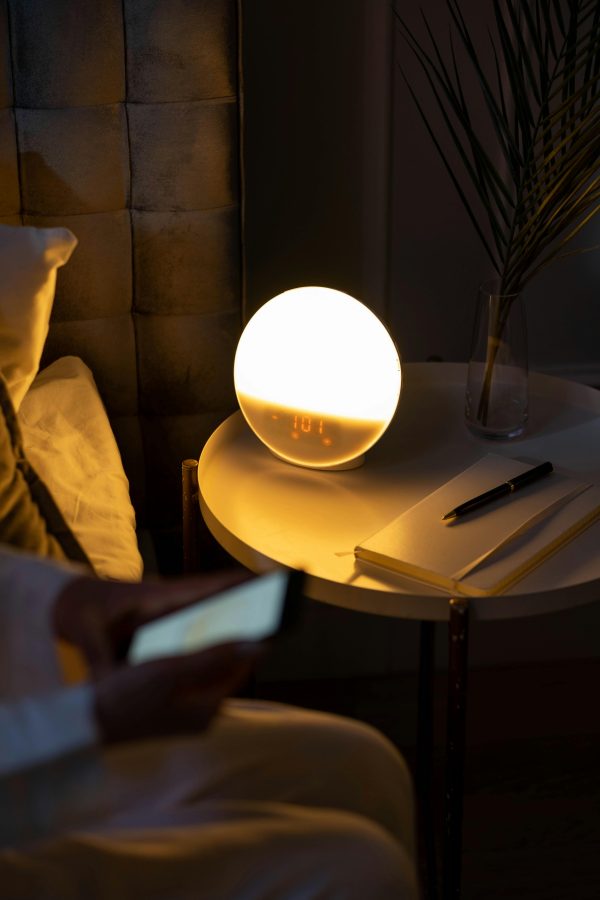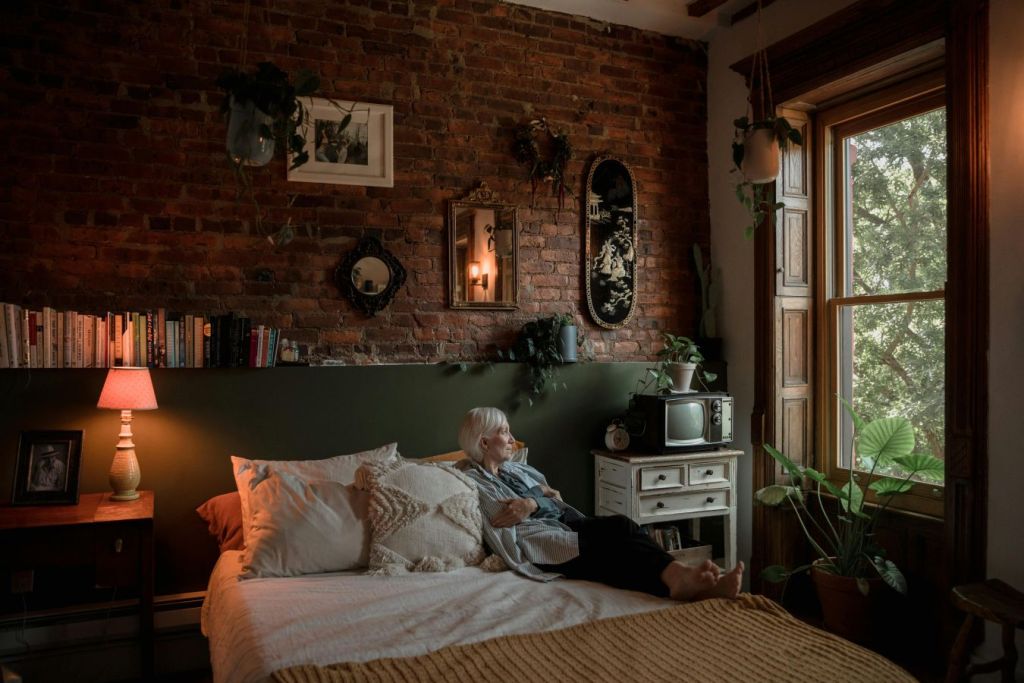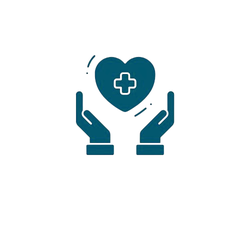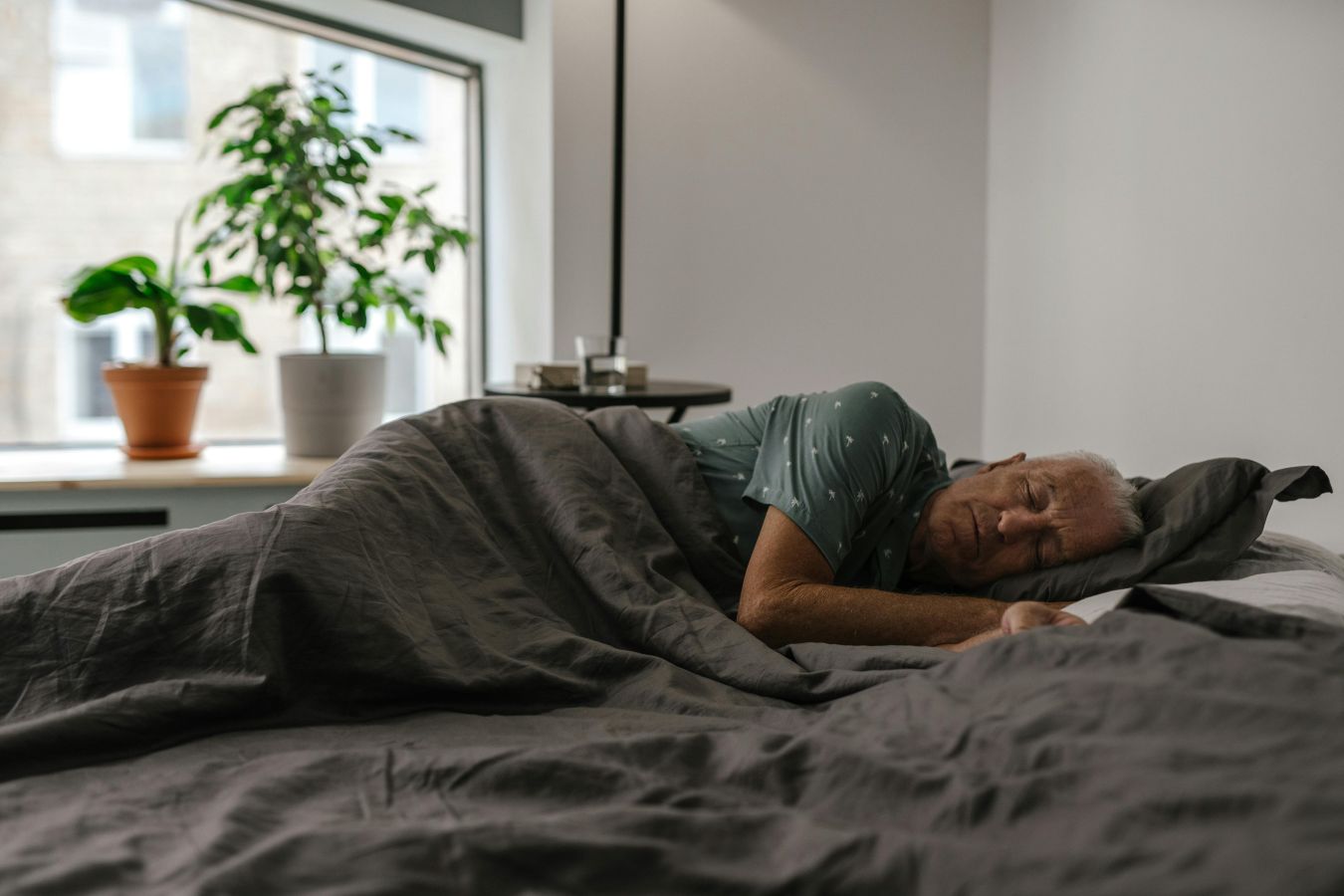Bad sleep after 40 is rarely just one issue — it’s usually a combination of hormonal shifts, lifestyle factors, and underlying health conditions; the good news is that most causes are manageable when you address them systematically.
🚀 Quick Action Plan
- Identify your triggers — track sleep patterns for 3 days to spot trends in hormones, stress, caffeine timing, and screen use.
- Optimize your environment — keep the bedroom 17–19°C, fully dark, and avoid screens for 1 hour before bed.
- Consult a professional — see a doctor if problems persist beyond 4 weeks or you notice snoring or gasping for air.
Credible sources:
Harvard HealthMayo ClinicPubMed Research
Bad sleep after 40 can feel puzzling: you go to bed on time, yet mornings start with fatigue, brain fog, and the sense that your body didn’t fully recharge. Many people notice lighter sleep, more awakenings, and an earlier natural wake time than in their 20s or 30s. While this shift is common, persistent poor sleep is not something you must accept. Understanding the drivers — hormones, stress, health conditions, and daily habits — helps you choose targeted fixes rather than random quick tips.
Sleep troubles in midlife range from difficulty falling asleep to waking up too early and not being able to return to sleep. Some people feel hot or restless at night; others wake with a dry mouth or headache, or they feel unrefreshed no matter how long they stayed in bed. The patterns differ, but the mechanisms often intersect: circadian timing changes, reduced melatonin, elevated evening arousal, and medical issues like sleep apnea can all erode sleep quality. With a structured approach, you can map symptoms to causes and make steady progress.
What causes bad sleep after 40?
Bad sleep after 40 usually stems from a mix of hormonal shifts, increased stress load, and health conditions that fragment or lighten sleep.
Hormonal changes and aging
Hormones set the tone for sleep architecture and recovery. For many women, perimenopause brings fluctuating estrogen and progesterone that can trigger night sweats, hot flashes, and sudden awakenings. For many men, gradual testosterone decline is linked with lighter sleep and reduced deep stages. Melatonin production also decreases with age, making it harder to initiate sleep and easier to wake prematurely. These shifts don’t doom you to poor nights, but they increase your sensitivity to stress, light, and stimulants.
Stress and lifestyle factors
Workload, finances, caregiving, and constant notifications keep the brain on high alert. Elevated evening arousal shows up as a racing mind at bedtime and frequent awakenings. Caffeine after midday can linger into the night; alcohol near bedtime may relax you at first but fragments the second half of sleep. Irregular schedules — late-night work, varying bedtimes, weekend sleep-ins — also confuse your body clock and reduce sleep depth across the week.
Health conditions that disrupt sleep
Several conditions become more common after 40 and directly impair sleep. Obstructive sleep apnea causes repeated breathing pauses and micro-awakenings, often without awareness; restless legs syndrome creates urges to move that delay or break sleep; thyroid and iron issues alter energy and temperature regulation; anxiety and depression can present primarily as sleep disruption. If home strategies fail, checking for these conditions is worth the effort.
Why can’t I sleep at night after 40?
Falling asleep gets harder when stress is high, evening light suppresses melatonin, and your schedule fights a body clock that is shifting earlier.
Common midlife sleep problems
Typical patterns include lying awake despite feeling tired, falling asleep only to wake again within hours, or feeling uncomfortably warm or restless at night. Some notice that worries surge the moment lights go out, or that small noises now snap them awake. Even if total time in bed looks adequate, depth and continuity may be missing, leaving mornings dull and heavy.
Environmental and lifestyle triggers
Bedroom temperature, noise, and light have outsized effects in midlife. A couple of degrees too warm can prompt repeated awakenings; streetlights or standby LEDs can cue your brain that it’s not fully night. Blue light from phones and TVs suppresses melatonin and delays sleepiness. Evening emails and news raise arousal, while late workouts, heavy meals, and alcohol compress or fragment deep sleep.
Waking up after 4 hours of sleep: what does it mean?
Waking after 3–4 hours often reflects a normal transition between sleep cycles that becomes full awakening when stress, hormones, or breathing issues keep the brain alert.
Natural sleep cycles explained
Most people cycle through stages of non-REM and REM roughly every 90 minutes. Brief awakenings between cycles are common, and in low-arousal states you roll over and drift back to sleep. When arousal is high, the same brief wake becomes full alertness: you check the time, scan your thoughts, and the window for easy reentry closes. Understanding this pattern helps you target the levers that lower arousal at that sensitive midpoint of the night.
When waking up becomes a problem
If mid-night awakenings happen frequently and daytime energy suffers, treat it as a quality issue rather than a minor nuisance. In women, perimenopausal vasomotor symptoms frequently cluster in the second half of the night; in men and women, alcohol and unrecognized sleep apnea are common culprits. A short trial without alcohol, plus a partner check for snoring or pauses, can reveal whether medical evaluation is warranted.

Why do I wake up at 4am in my 40s?
Early awakenings often align with a natural cortisol rise before dawn that, combined with stress or anxiety, tips you fully awake.
Cortisol and stress response
Cortisol prepares the body for the day and starts climbing in the early hours. When stress systems are overactive, that rise can trigger full wakefulness. If you then check your phone or start problem-solving, your brain learns that 4am is thinking time, and the loop repeats. Pre-bed wind-down, morning light exposure, and a consistent wake time retrain that loop.
Connection to mental health and habits
Early-morning awakening is a classic feature of anxiety and low mood. Catastrophic thinking, rumination, and doomscrolling amplify alertness and make re-sleep harder. A notebook on the nightstand, a brief breathing routine, and keeping lights dim reduce stimulation enough to allow another sleep cycle before the alarm.
How aging affects sleep in midlife
Sleep tends to lighten and shift earlier with age, so nights feel more fragile unless routines and light exposure support the new rhythm.
Changes in circadian rhythm
Many people become earlier types in their 40s and 50s; they feel sleepy sooner and wake naturally earlier. Social schedules often push bedtime later, so the mismatch shows up as difficulty staying asleep. Aligning your routine — earlier dinner, earlier wind-down, consistent wake time — supports deeper, more continuous sleep across the week.
Reduced melatonin production
Lower melatonin reduces the pressure to fall asleep and increases vulnerability to evening light. Dimming lights at home, using warm-tone bulbs, and avoiding bright screens before bed allow your remaining melatonin to do its job. Morning daylight anchors the opposite side of the rhythm and helps the night process unfold on time.
What health risks come from poor sleep after 40?
Persistently poor sleep raises risks for cardiometabolic disease, mood and cognitive problems, and faster visible aging.
Impact on heart health and metabolism
Short or fragmented sleep impairs glucose regulation, increases blood pressure variability, and slows vascular repair. Over months and years, that pattern raises the likelihood of hypertension and type 2 diabetes. People often notice weight gain and afternoon energy crashes because the body is compensating for lost recovery at night.
Memory, mood, and mental health risks
Deep sleep supports memory consolidation and emotional regulation. When sleep quality drops, recall gets patchy, attention drifts, and irritability grows. Anxiety and depression both worsen with poor sleep, and poor sleep worsens both in return, so breaking the loop pays off quickly.
Long-term effects on aging
Recovery hormones peak at night, and immune calibration happens during specific sleep stages. When nights are shallow, skin repair slows, inflammation rises, and minor infections linger. People often describe feeling older than they are; improving sleep depth reverses much of that feeling in weeks, not years.
How to improve bad sleep quality after 40
You can improve sleep quality by stabilizing your schedule, shaping a low-arousal evening, and tuning your environment for cooler, darker, quieter nights.
Sleep hygiene and daily routine
Pick a wake time you can keep seven days a week and build the rest around it. Keep a consistent light breakfast and morning light exposure to set the clock. Aim for a wind-down that starts about an hour before bed: lower the lights, tidy up, prepare for tomorrow, and shift to calm activities that tell your brain night has begun.
Diet, exercise, and screen time habits
Stop caffeine by early afternoon; keep alcohol and heavy meals away from bedtime. Daytime movement helps, but finish vigorous exercise at least a few hours before sleep. Replace late screen time with low-effort activities — light reading, stretching, a warm shower — so melatonin can rise naturally and drowsiness arrives on time.
Relaxation techniques before bed
Simple practices can lower arousal enough to let sleep pressure take over: four-count breathing, a short body scan, or journaling tomorrow’s top three tasks. Keep these rituals short and repeatable; consistency matters more than complexity. If you wake at night, use the same routine with minimal light and no screens.

When should you see a doctor for sleep problems after 40?
Seek medical care if poor sleep lasts longer than a month, harms daytime function, or comes with snoring, choking, breathing pauses, or persistent night sweats.
Signs that require medical help
Red flags include loud snoring or observed pauses in breathing, extreme daytime sleepiness, morning headaches, and repeated hot flashes that wake you. A clinician may check thyroid, iron, and other labs; they may also recommend a sleep study to rule out apnea or periodic limb movements.
Treatment options and therapies
Cognitive behavioral therapy for insomnia is a first-line, evidence-based option that teaches you to rebuild sleep drive and reshape the sleep window. Short-term medication may help during transitions, but durable gains come from behavioral strategies, steady schedules, light timing, and addressing any medical drivers. If symptoms fit sleep apnea, evaluation and treatment can transform energy and health within weeks.
Related Articles
Take Control of Your Sleep
If bad sleep is draining your energy after 40, start with small changes tonight, anchor your mornings in light and routine, and talk to your doctor if symptoms persist; steady habits make nights reliably better.
FAQs about Bad Sleep After 40
Why do I wake up at 4am after 40? Cortisol rises before dawn, and with stress or anxiety that rise can tip you fully awake earlier than planned.
Is bad sleep normal after 40? Some change is common, but persistent poor sleep is not normal and deserves attention and targeted fixes.
When should I see a doctor? If poor sleep lasts longer than a month, harms your days, or comes with snoring, gasping, or breathing pauses, seek medical care.

